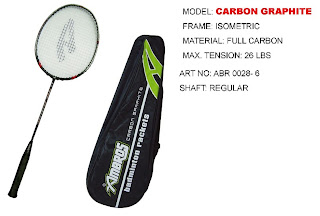Capable of 60 km/hour and a cruising range of 100 km, a very lightweight electric concept car from the Teijin Group's uses proprietary materials and technologies including carbon fiber composites, polycarbonate resins and bio-derived polyester. Weighing only 437 kg, less than half that of conventional electric vehicles, the PU_PA EV (as in “pupa electric vehicle,” a reference to metamorphosis) embodies Teijin’s vision of what a vehicle will look like on the market in five to ten years. T he PU_PA EV offers the functionality and structural integrity of a practical automobile.
Weight Reduction
> Body incorporating a core structure made of carbon fiber composite material.
> Windows made of polycarbonate resin with a heat absorbing function weighing only half as much as glass.
> Modularized parts made with single-piece molding, etc., reducing total parts to about 20.
Biotechnology
> Interior items (seats, floor mats, etc.) made with bio-derived polyester.
Reduced Environmental Burden
> Low-noise tire cord made with Teonex polyethylene naphthalate (PEN) fiber.
Electronics
> Multi-device communication using Cell Form two-dimensional communication sheet.
Going forward, Teijin will use its innovative concept car as a marketing tool to showcase the group’s environmentally responsive technologies and customer-oriented solutions.
The Mobility Business Project, a department overseen directly by the CEO, was established in April 2009 to support business expansion in the automobiles and aircraft sectors, focusing on the development of materials and technologies for lightweight, hybrid and electric vehicle designs.
For more information, please visit www.teijin.co.jp/english
Sumber: http://www.ecnmag.com/news/2010/04/concept-electric-car-uses-exotic-materials
Sumber: http://www.ecnmag.com/news/2010/04/concept-electric-car-uses-exotic-materials









